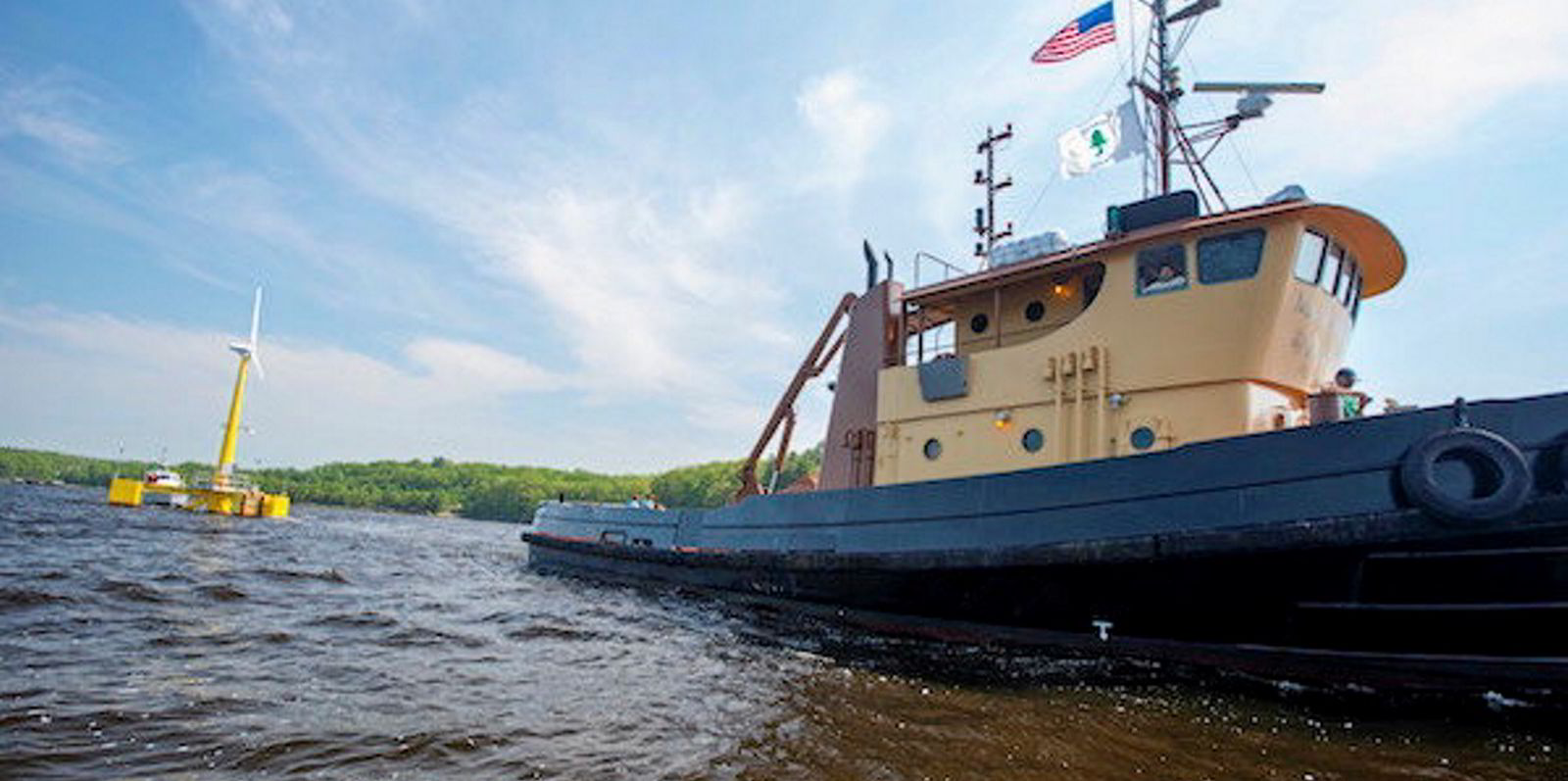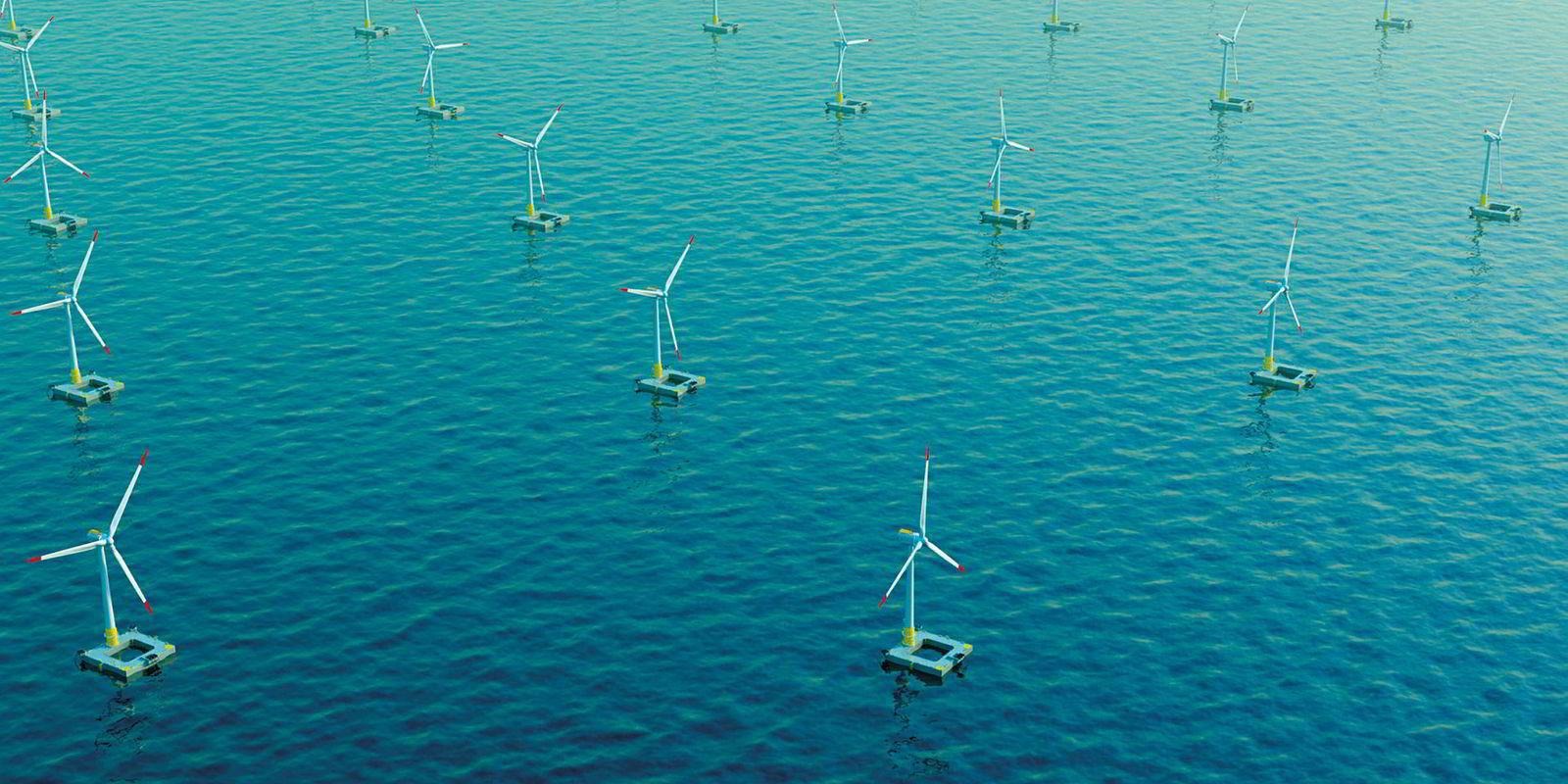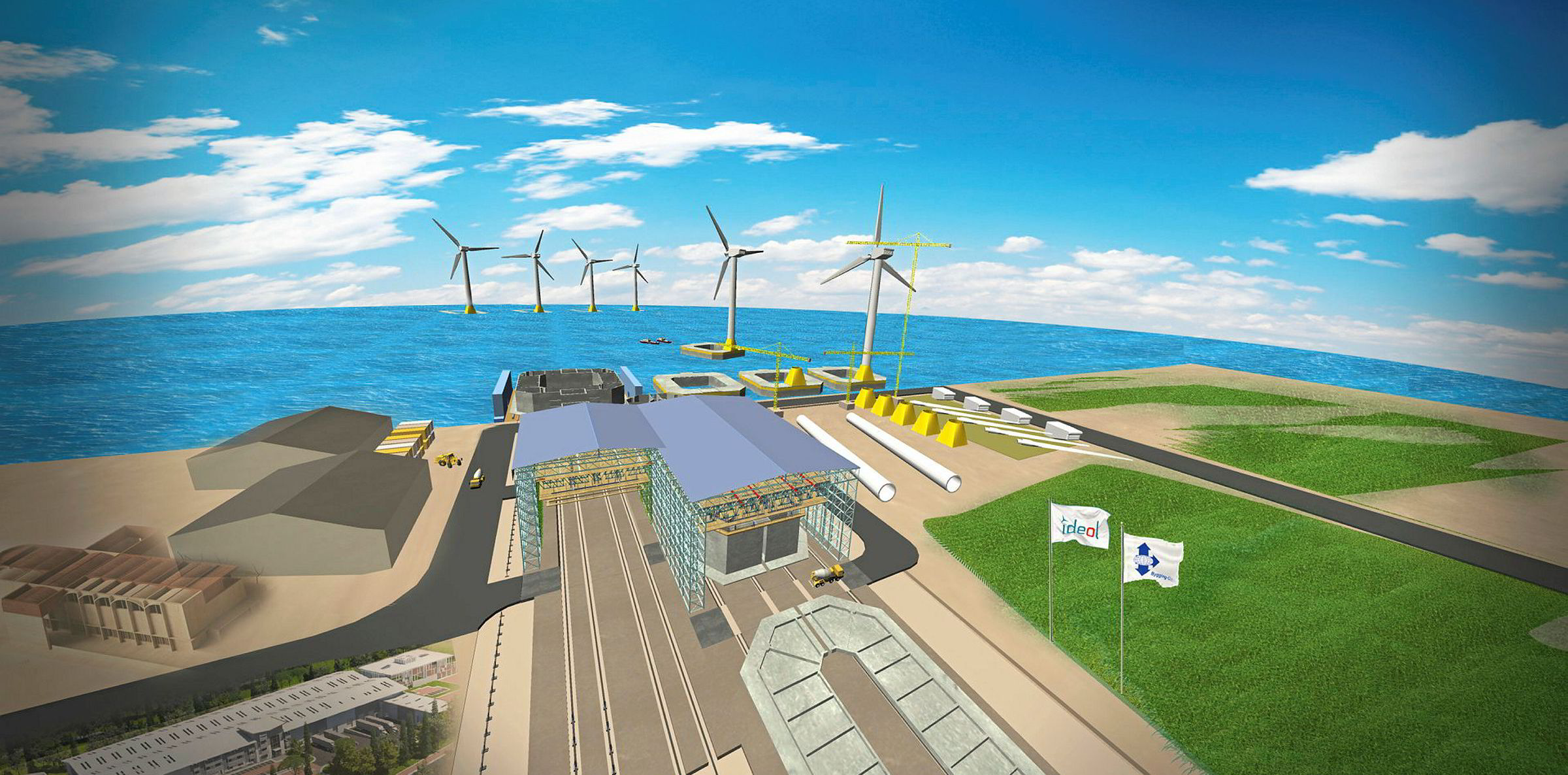Germany utility RWE has taken the next step in a deepening commitment to floating wind power with plans to work with UK technology development body Offshore Renewable Energy (ORE) Catapult to scope out the potential for the Scottish supply chain to fabricate concrete foundations for the coming wave of projects in Europe’s northern seas.
Get the market insight you need into the global oil & gas industry's energy transition – from the new newsletter from Upstream and Recharge. Sign up here
The local content study for RWE, which is involved in floating wind pilots in Norway, Spain and the US, two of which use concrete foundations, has a first focus on construction infrastructure for the soon-to-be auctioned ScotWind sites.
“Floating wind could play an important part of the growth in offshore wind and has the potential to unlock new offshore wind markets around the world,” said Chris Willow, head of floating wind for RWE Renewables.
“Concrete floating foundations have the potential to support Scottish projects and create local supply chain content, building on the country’s engineering legacy for a new generation of Scottish engineers.
ORE Catapult’s floating offshore cost of energy programme manager, Ralph Torr, said: “This report will identify key manufacturing and fabrication methodologies and constituent materials required to produce concrete substructures … and assess the existing Scottish supply chain capability and capacity to deliver such concrete substructures into a utility scale project.”
The potential to build concrete floating foundations in Scotland has long been recognised, given the country’s extensive offshore oil sector fabrication infrastructure, but several attempts have failed in getting a first projects into motion, including at the Kishorn dry-dock, last used during the building of the Skye Bridge 25 years ago, which at one point was in the frame to make the concrete caissions for the 50MW Kincardine project’s foundations.
With each concrete platform for a 15MW turbine having a mass in excess of 10,000 tonnes and a 500MW project requiring 30 or more, said RWE, manufacture of this design of foundation offered “an important opportunity” for a local supply chain that is in transition from oil & gas to renewable energy industries.
RWE has moved up the gears quickly in its expansion into the fast-evolving floating wind sector, with investments in the 2MW DemoSATH pilot, being developed with Saitec; the 12MW New England Aqua Ventus project, with Diamond Offshore Wind and the University of Maine; and in the 3.6MW TetraSpar concept, that will be prototyped this year with Stiesdal Offshore Technologies, Shell and Tepco.
The developer, which said the Catapult report would be published mid-year, stated it was “actively seeking new offshore wind opportunities off the coast of Scotland to complement the recently announced four extension projects and 3GW success in the Crown Estate Round 4 leasing round in the UK”.
Scotland highly-anticipated – and long-delayed – ScotWind offshore wind auction, which has a number of lease areas with ‘floating wind depth’ waters, is under review to factor in the impact of the contentious ‘option fees’ structure used by the UK seabed landlord the Crown Estate in making its Round 4 awards.
ScotWind had been launched in January, the country’s first self-administered offshore wind leasing round, with expectations it would accelerate development of the sector in the North Sea with an estimated a £9bn ($11.5bn) wave of investment in the regional industry as some 10GW of new plant is built.
Floating wind power projects totalling more than 26GW worldwide are on track to be turning by 2035, according to latest figures from Quest FWE, with the fleet expected to grow “exponentially” as the first wave of utility-scale developments now taking shape internationally are boosted by transitioning oil companies and ever-improving economics.




